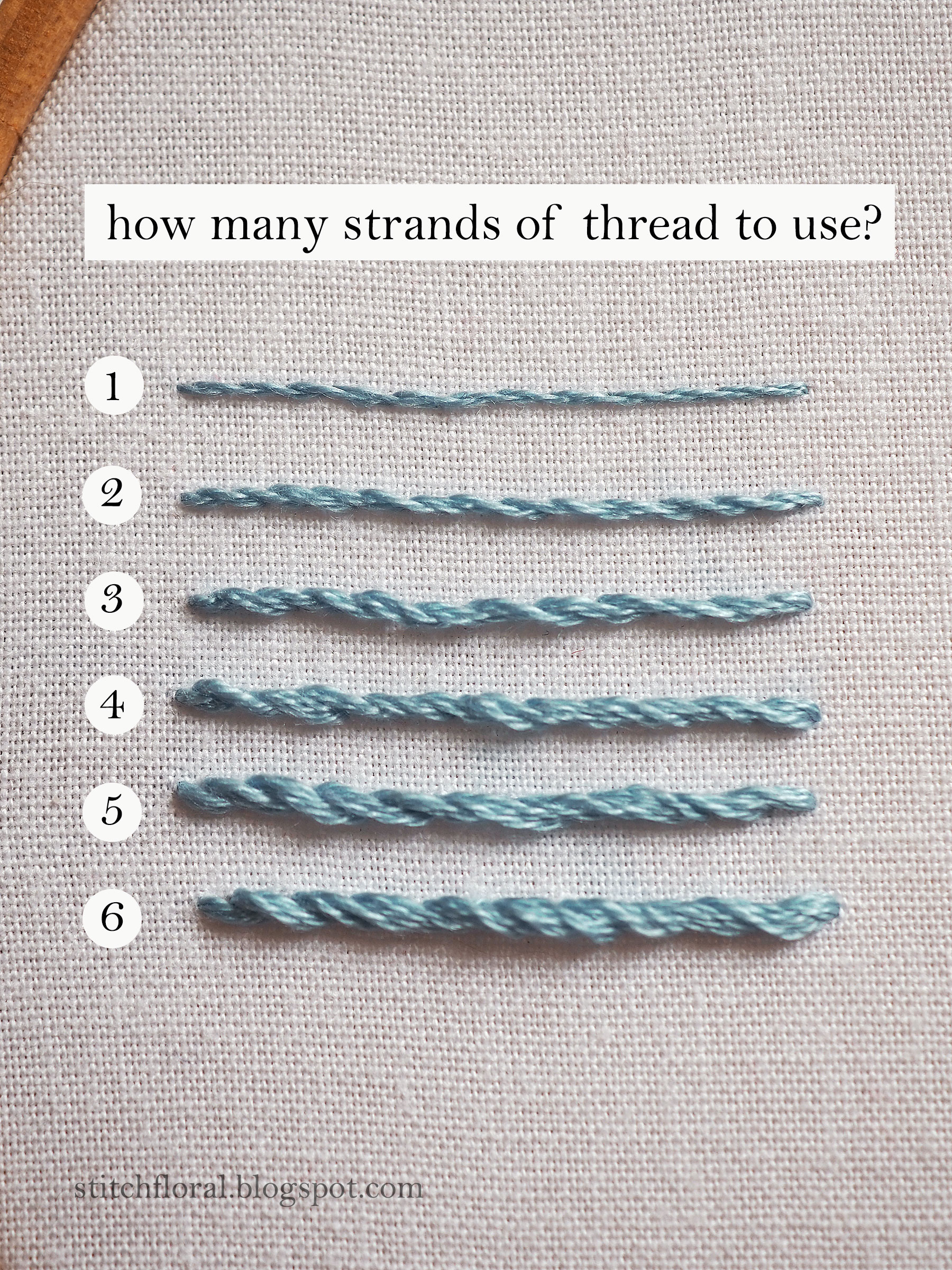Understanding Strands: Exploring Their Importance And Applications
Strands are an essential concept that permeates various fields, from biology to engineering, and even in everyday life. In this comprehensive article, we delve into the multifaceted nature of strands, exploring their definitions, applications, and significance. Whether you are a student, a professional, or just a curious reader, this article will provide you with valuable insights into the world of strands.
The term "strands" can refer to multiple contexts, including biological strands such as DNA, physical strands like those found in textiles, or even metaphorical strands representing ideas and narratives. By understanding the different dimensions of strands, we can appreciate their complexity and relevance. This article aims to break down these various aspects, offering a thorough exploration of strands and their implications in various domains.
As we progress through this article, we will focus on the importance of strands in scientific, industrial, and creative fields. We will also discuss how strands influence our lives and the environment. By the end of this article, you will have a clearer understanding of strands and their pivotal role in shaping our world.
Table of Contents
- 1. Definition of Strands
- 2. Biological Strands
- 3. Textile Strands
- 4. Industrial Applications of Strands
- 5. Strands in Narratives and Ideas
- 6. Strands in Scientific Research
- 7. The Future of Strands
- 8. Conclusion
1. Definition of Strands
Strands can be defined as thin, elongated pieces of material or concepts that are interconnected or form part of a larger entity. This definition can be applied across various disciplines:
- Biology: Strands of DNA consist of nucleotides that encode genetic information.
- Textiles: Strands of fiber are woven together to create fabric.
- Literature: Strands of a narrative refer to different plotlines or themes that intertwine.
2. Biological Strands
In biology, strands typically refer to the sequences found in DNA and RNA. Understanding these strands is crucial for genetics, molecular biology, and biotechnology.
2.1 The Structure of DNA Strands
DNA strands are composed of two long chains of nucleotides twisted into a double helix. Each strand contains:
- Phosphate group
- Deoxyribose sugar
- Nitrogenous bases (adenine, thymine, cytosine, guanine)
The sequence of these bases encodes genetic information, making DNA strands fundamental to heredity and evolution.
2.2 RNA Strands
Unlike DNA, RNA is usually single-stranded and plays a vital role in protein synthesis. The structure and function of RNA strands are critical for understanding cellular processes.
3. Textile Strands
Textile strands are the building blocks of fabrics and textiles used in clothing and various industrial applications. These strands can be made from natural fibers such as cotton and wool or synthetic materials like polyester and nylon.
3.1 Types of Textile Strands
Textile strands can be categorized based on their origin:
- Natural Fibers: Derived from plants and animals.
- Synthetic Fibers: Made from chemical processes.
3.2 The Process of Weaving Strands
Weaving involves interlacing strands to create fabric. This process can vary from simple hand-weaving techniques to advanced machine processes, affecting the fabric's texture, strength, and durability.
4. Industrial Applications of Strands
Strands have numerous applications in various industries, including construction, manufacturing, and technology.
4.1 Strands in Construction
In construction, strands of steel or fiber-reinforced polymer are used for reinforcement, enhancing the tensile strength of materials like concrete. This application is crucial for building durable structures.
4.2 Strands in Technology
In technology, strands of optical fibers are used for data transmission, allowing for high-speed internet and communication systems. Understanding the properties of these strands is essential for advancements in telecommunications.
5. Strands in Narratives and Ideas
In literature and storytelling, strands represent the intertwining plots, themes, and character arcs that create a cohesive narrative. Understanding these strands can enhance our appreciation of storytelling.
5.1 The Role of Strands in Storytelling
Strands in narratives can include:
- Character development
- Plot progression
- Themes and motifs
5.2 Analyzing Narrative Strands
Analyzing these strands helps readers understand the underlying messages and the author's intent, making the reading experience more enriching.
6. Strands in Scientific Research
In scientific research, strands are often analyzed to uncover new findings in genetics, materials science, and environmental studies. Researchers study strands to understand their properties and applications better.
6.1 The Importance of Researching Strands
Researching strands leads to innovations in:
- Genetic engineering
- Material science
- Environmental conservation
6.2 Case Studies of Strands in Research
Numerous case studies highlight the significance of strands in advancing scientific knowledge and technology, showcasing their critical role in society.
7. The Future of Strands
The future of strands holds exciting possibilities across various fields. Innovations in biotechnology, materials science, and digital communication are expected to shape how we understand and utilize strands.
7.1 Emerging Technologies
With advancements in technology, new types of strands may emerge, leading to:
- Enhanced materials with unique properties
- Biological applications in medicine
- Advanced communication systems using novel strands
7.2 Sustainability and Strands
The future also emphasizes sustainability, with research focused on developing eco-friendly strands and materials that minimize environmental impact.
8. Conclusion
In conclusion, strands play a vital role in numerous aspects of our lives. From biology to textiles, industry, and storytelling, their significance cannot be overstated. Understanding strands is crucial for appreciating their impact on our world.
We encourage you to share your thoughts in the comments below, explore related articles on our site, and stay updated on the fascinating world of strands and their applications.
Thank you for taking the time to read this article! We hope you found it informative and engaging, and we invite you to return for more insightful content in the future!
Carolina Hurricanes: A Deep Dive Into The NHL Team's Legacy
Clevr: The Future Of Smart Living
Exploring Natick Mall: A Comprehensive Guide To Shopping, Dining, And Entertainment


